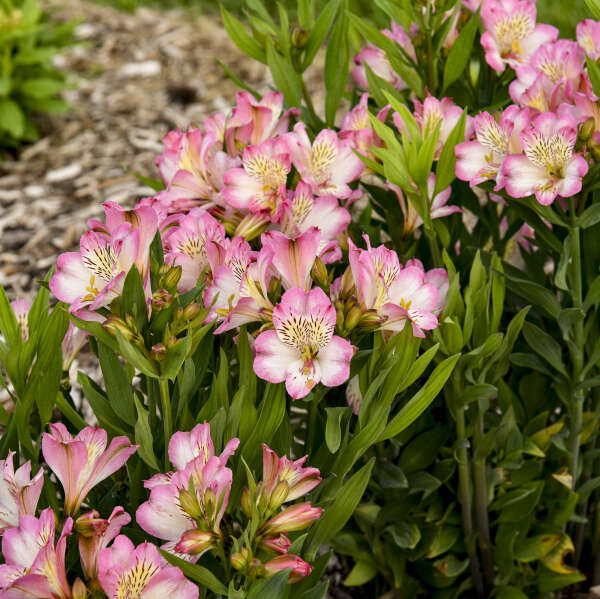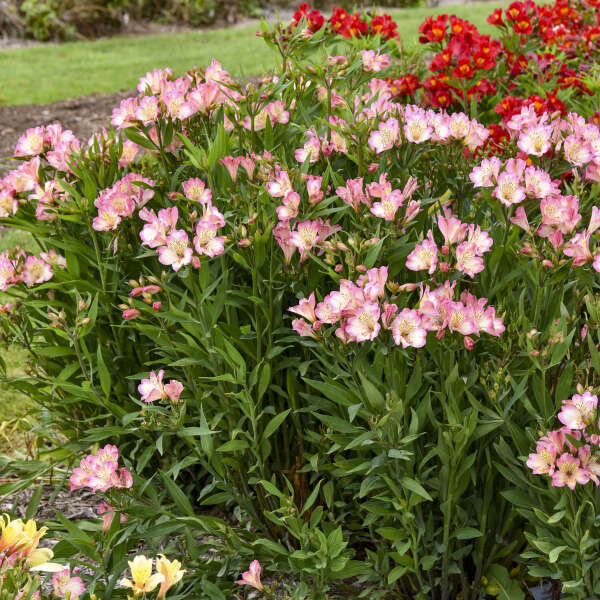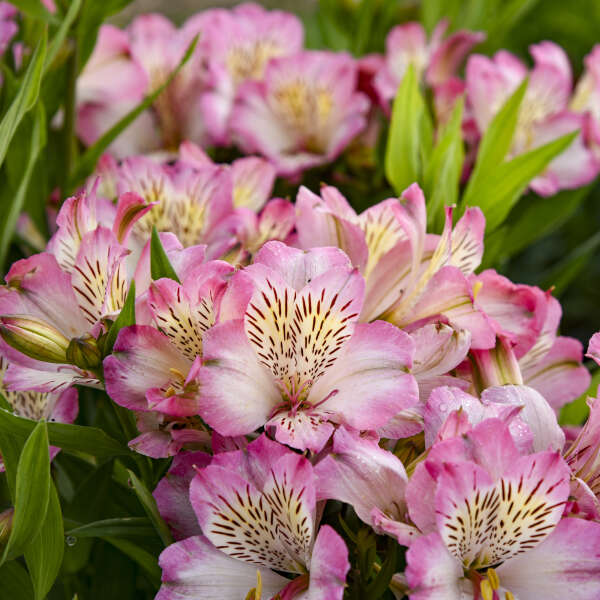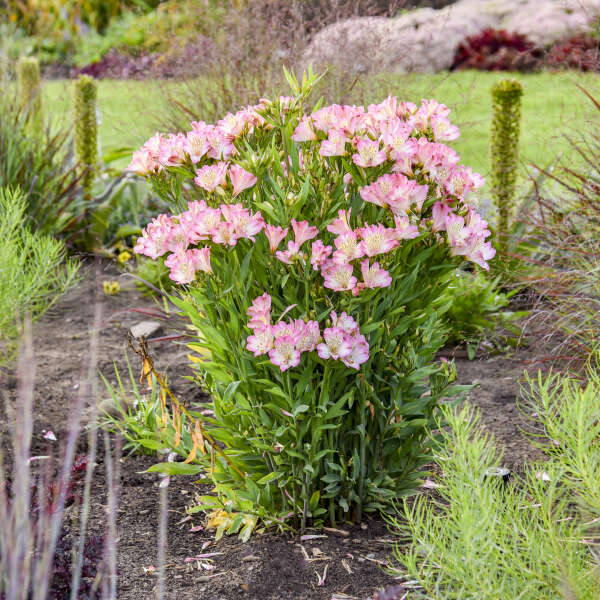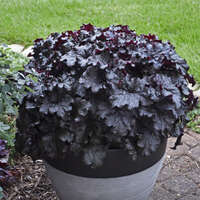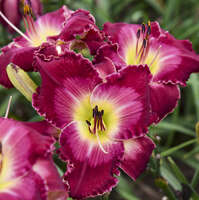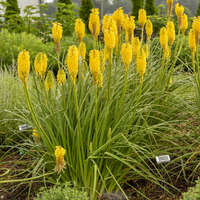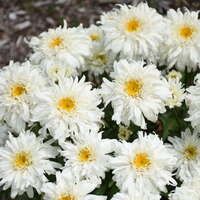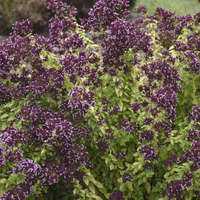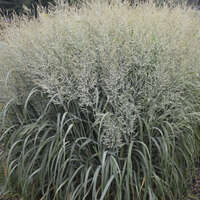Alstroemeria Summer Break ('Tessumbreak')


Common Name: Peruvian Lily
A floriferous pink Alstroemeria with substantial landscape presence. Summer Break has overwintered multiple seasons in Zone 6, and should be hardier when sited in well-drained soils with winter protection. Peruvian Lilies are excellent cut flowers and hold together for a long time after cut. The tall stems and cookie cutter consistent flowers of Summer Break are florist quality.
30ct Plug Tray |
72ct Plug Tray |
